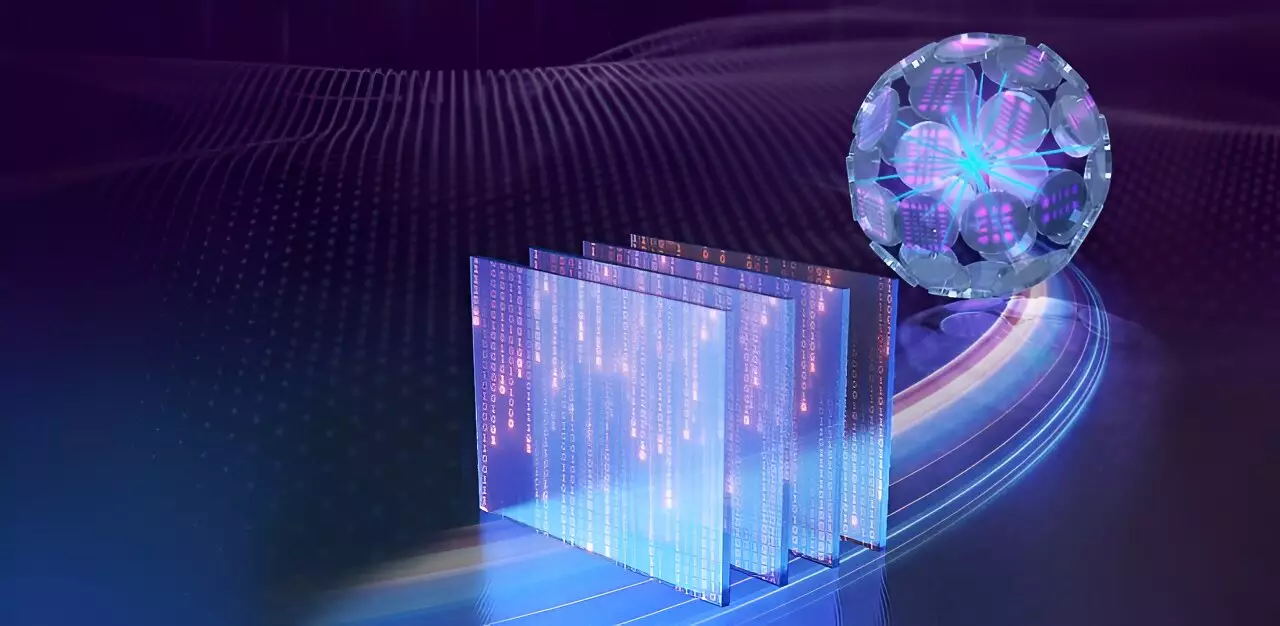Light technology stands at the forefront of numerous groundbreaking developments, playing a crucial role in innovations like high-speed internet and medical imaging. However, transmitting light through complex environments, such as turbulent atmospheres or uneven optical systems, presents significant challenges. Such conditions can result in distortion and disruption of the light field, often leading to unclear and unreliable outcomes. The quest for solutions to navigate these complications has engaged scientists for years, and promising advancements have emerged that could redefine practical applications in various fields.
In a recent study published in Advanced Photonics, a team of researchers from Soochow University unveiled a pivotal breakthrough in understanding how light interacts with complex and changing environments. This advancement not only holds the potential to enhance various practical applications but may also position coherence entropy as a transformative measure for controlling light transmission through difficult conditions. Historically, the interplay of deformation, flickering, and drifting of light fields—caused by intricate media—has curtailed the practicality of numerous optical applications.
The researchers’ novel approach involves the concept of coherence entropy, an innovative metric used to characterize the statistical properties of light coherence. Coherence entropy transcends traditional methods, offering a global perspective on how light behaves under fluctuating conditions. Through their research, the team adeptly applied orthogonal modal decomposition to partially coherent beams, culminating in the introduction of coherence entropy as a reliable indicator of light behavior.
One of the most striking findings of the Soochow University team is the stability of coherence entropy during light propagation through unitary systems, even when faced with the inherent complexities of deformed optical environments. This stability not only signifies the robustness of coherence entropy but also illustrates its potential as a valuable tool in assessing light behavior in non-ideal situations.
Through rigorous experimentation, the researchers demonstrated the practical benefits of employing coherence entropy in partially coherent beams traversing a variety of altered optical systems and turbulent media. Their findings strongly suggest that coherence entropy remains consistently reliable as a performance measure for light fields, even in challenging contexts.
Dr. Chengliang Zhao, the corresponding author and lead researcher on this study, eloquently stated, “This research represents a major leap forward in our ability to predict and control light propagation through complex environments.” By introducing coherence entropy as a global coherence characteristic, new avenues open for tailoring light fields to optimize performance across real-world applications.
The implications of this study extend well into various domains. For instance, coherence entropy could significantly enhance optical communication systems required to function optimally through the unpredictable interference of atmospheric turbulence. Additionally, advancements in imaging technology that rely on light traveling through distorted media stand to benefit tremendously from this research. The ability to effectively assess and manage light fields under less-than-ideal conditions is a pivotal step toward broader application and implementation of low-coherence light fields.
As scientists and engineers delve deeper into the nuances of light transmission, the introduction of coherence entropy represents a substantial leap forward in our understanding of optical behavior. By providing a more dependable framework for evaluating light fields operating within unstable conditions, researchers and industry professionals can maximize the effectiveness of light technologies across a spectrum of scientific and practical applications.
The groundbreaking research emerging from Soochow University not only illuminates the path forward for optical innovations but also signifies a substantial advancement in our ability to harness and manipulate light in complex environments. The exploration of coherence entropy offers an exciting glimpse into the future, promising to enhance the performance and reliability of light-based technologies across multiple fields.

